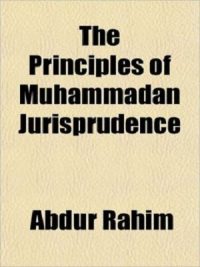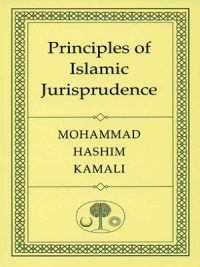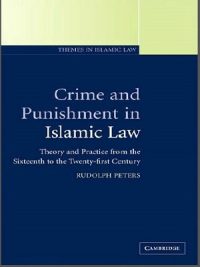Description
An Introduction to Islamic Law Wael B. Hallaq. One out of five people in our world today belongs to the Islamic faith. Yet we know very little about Muslims, about their culture, their religion, their history. Our bookstores are crowded with titles about Islam, mostly negative and nearly always concerned with “Islamic violence.” Islamic law, or Shariʿa, has in particular become an ugly term, as often associated with politics as with the chopping off of hands and the stoning of women. An endless array of popular books have distorted Shariʿa beyond recognition, confusing its principles and practices in the past with its modern, highly politicized, reincarnations.
Considering Shariʿa’s historical role as the lifeblood of Islam, we have little hope indeed – given these distortions – of understanding the history and psychology of as much as one-fifth of the population of the world in which we live. This book attempts to correct misconceptions about Islamic law, first by giving a brief account of its long history and then by showing that what happened to it during the last two centuries made it what it has become.
While, historically, it did its best to distance itself from politics and to remain an example of the rule of law, it has now ironically become a fertile political arena, and little else in terms of law. The book therefore attempts to provide the knowledge needed to explain why any mention of the Shariʿa provokes distaste and even fear on our part.
What brought this about? Was the Shariʿa as harsh and oppressive as it is now depicted in the media? What were its doctrines and practices in history? How did it function within society and the moral community? Under what conditions did it coexist with the body-politic? How was it colonized and largely dismantled? And, finally, how were its remnants transformed into an oppressive regime, wielded above all by the relatively new nation-state (perhaps the most important factor in Shariʿa’s modern transformation)? In order to explain how Islamic law worked, I begin, in chapter 1, with some introductory remarks about the people who made Islamic law what it was and about what they did as jurists and judges.
In chapter 2, I discuss the ways and methods through which these jurists arrived at the law, showing the importance of interpretation in approaching the Quran and 1 other sacred texts. In chapter 3, I explain how these jurists came to belong to different schools, but more importantly what these schools meant in terms of giving authority to the law (an authority that the modern state was to replace). In chapter 4, I turn to legal education, the means by which the juristic class reproduced itself over the centuries.
This chapter offers a brief account of the workings of the “study circle” as well as of the law college, which has now become the infamous madrasa. The college, we will see, provided not only a point of contact between law and politics, but also an effective venue through which the ruling class attempted to create and sustain political and religious legitimacy. Topics covered in this chapter are no doubt important in themselves, but they are also fundamental for understanding nineteenth- and twentieth-century developments where the appropriation of the Shariʿa by the modern state was made possible through dynastic control of traditional legal education.
Download Now





